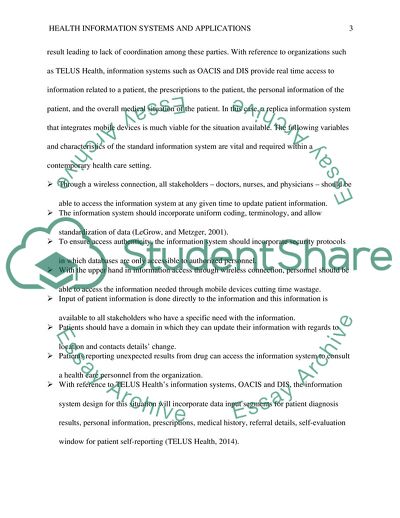Trends in Health Information Systems and Applications, Module 4 (CASE) Essay. https://studentshare.org/medical-science/1806035-trends-in-health-information-systems-and-applications
Trends in Health Information Systems and Applications, Module 4 (CASE) Essay. https://studentshare.org/medical-science/1806035-trends-in-health-information-systems-and-applications.


